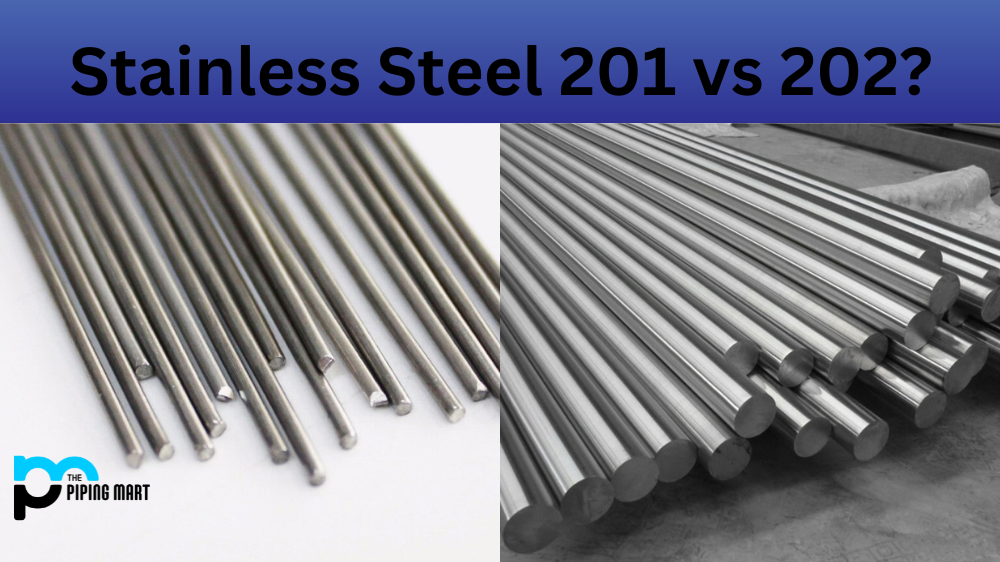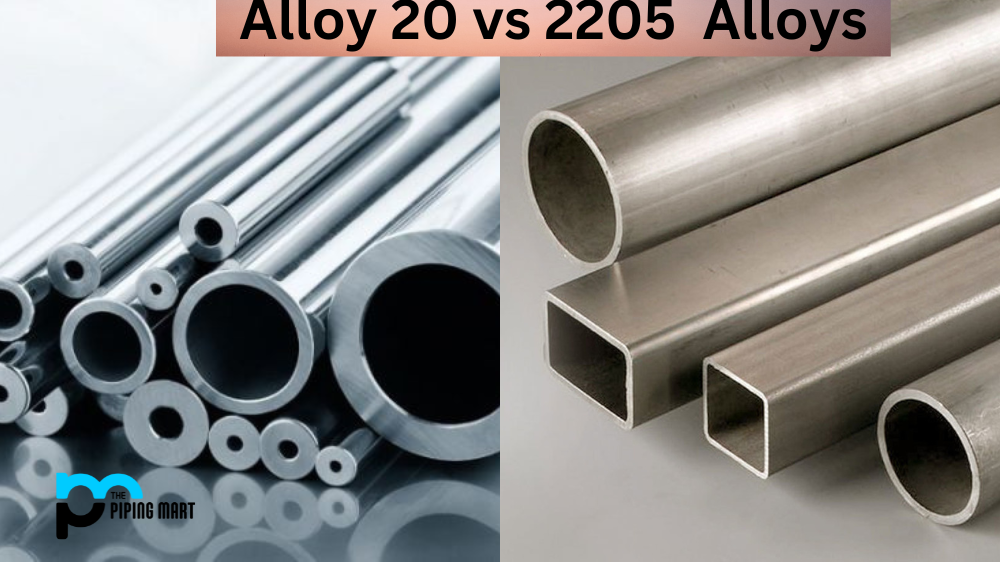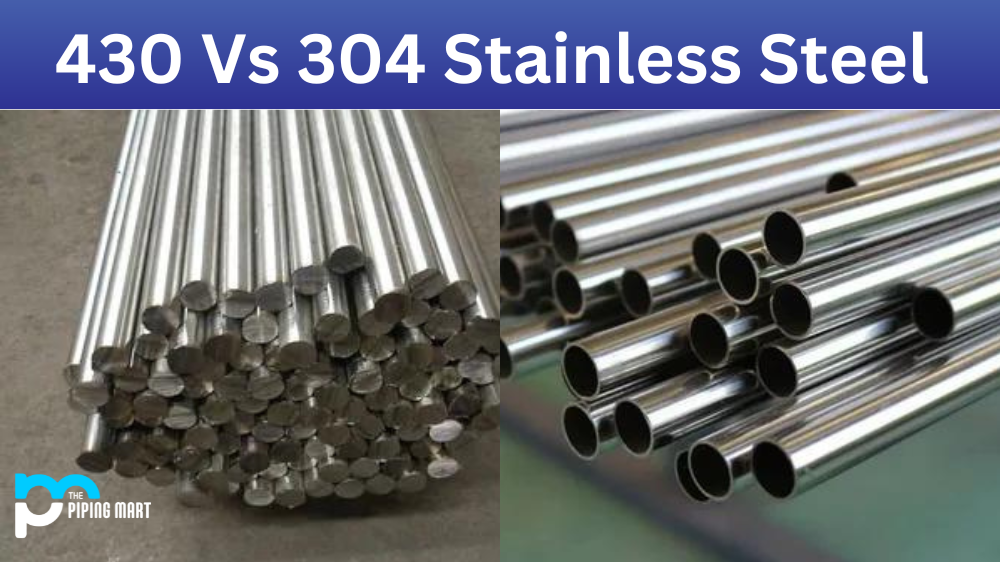Stainless steel is a great option if you are in the market for a durable, corrosion-resistant material for your next project. In particular, stainless steel grades 201 and 202 have become popular choices among homeowners and businesses due to their resistance to corrosion, strength and affordability. But while they may seem similar on paper, some critical differences between these two alloys make them better suited for certain projects than others. Let’s take a closer look at what makes stainless steel 201 and 202 different.
Difference Between Stainless Steel 201 and 202
Chemical Composition
The chemical composition is the biggest difference between these two stainless steel grades. Grade 201 is composed of 16-18% chromium, 3-5% nickel and up to 0.15% carbon. Grade 202 has 17-19% chromium, 4-6% nickel and 0.15-0.25% carbon. The presence of both chromium and nickel in grade 202 helps it form a protective layer on its surface which prevents oxidation from occurring; this allows grade 202 to remain more durable over time than grade 201, which tends to be more susceptible to rusting due to its lower levels of chromium content. The main difference between 201 and 202 stainless steel is the composition. 201 stainless steel contains a lower percentage of manganese and chromium, while 202 stainless steel contains higher levels of manganese and chromium.
Formability and Weldability
Regarding forming stainless steel into shapes for specific projects or applications, grade 202 tends to be easier to work with than grade 201 due to its higher levels of nickel content, making it more malleable than grade 201. However, when it comes to welding these two alloys together, grade 201 is the superior choice because it contains lower levels of carbon that can create chromium carbide precipitation during the welding process, which can lead to cracking in the welded joint area if not done correctly. If you need a material that is easy to shape but won’t crack when welded together, grade 201 is your best bet.
Cost
201 stainless steel is typically more affordable than 202 stainless steel. However, both alloys are relatively affordable compared to other types of stainless steel.
Corrosion Resistance
Both 201 and 202 stainless steels offer good corrosion resistance. However, 202 stainless steel is more corrosion-resistant than 201 stainless steel.
Magnetism
201 stainless steel is non-magnetic, while 202 stainless steel is slightly magnetic. This difference is due to the different compositions of the two alloys.
Heat Resistance
201 and 202 stainless steels offer good heat resistance. However, 202 stainless steel is better able to withstand high temperatures than 201 stainless steel.
Applications
201 and 202 stainless steels are used in a variety of applications. Some common applications for 201 stainless steel include cookware, food storage containers, and sinks. Some common applications for 202 stainless steel include automotive parts, kitchen utensils, and surgical instruments.
Conclusion:
As you can see, some key differences between stainless steel grades 201 and 202 make them better suited for certain projects than others, depending on their intended use or application area. For general-purpose uses where formability or weldability are important considerations, grade 202 may be the better option. If you need a strong material that won’twon’t rust easily, grade 201 may be the way to go. Ultimately though, it will depend on your specific needs, so be sure you do your research before making a decision!

A passionate metal industry expert and blogger. With over 5 years of experience in the field, Palak brings a wealth of knowledge and insight to her writing. Whether discussing the latest trends in the metal industry or sharing tips, she is dedicated to helping others succeed in the metal industry.




